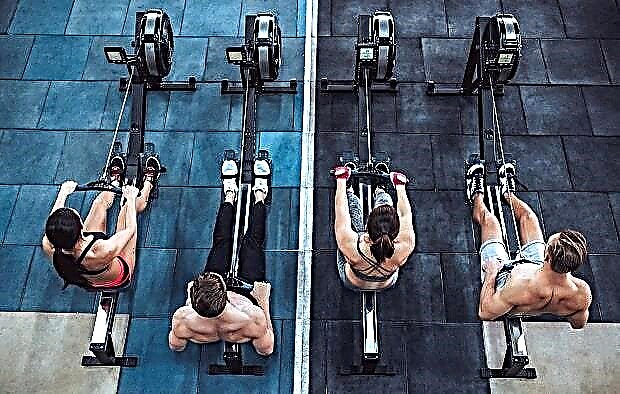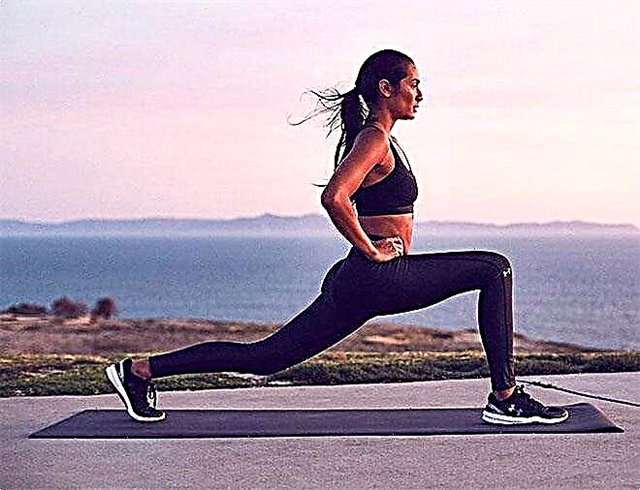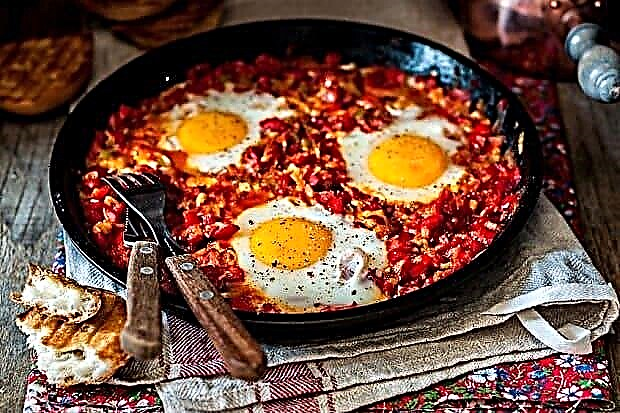Rice is one of the staple foods in the human diet. It is a valuable source of carbohydrates needed to support brain and muscle function, physical and mental performance. Due to the caloric content of rice, this cereal crop is valued as highly as wheat and other cereals. In the Chinese language there is even a greeting that literally translates as "have you already eaten rice?", Which testifies to the importance of this product in the nutrition of the largest nation on the planet.
Not only China, but also Japan, Thailand, Korea, India, as well as Africa, South America use rice at every meal as a side dish for meat and fish. Today, rice is used as the main ingredient in a variety of vegetarian and non-vegetarian dishes:
- sushi rolls;
- pilaf;
- risotto;
- biriyani;
- curry.

As for Europe and North America, rice is popular in various culinary traditions, but cereals, mainly wheat and its main derivative, bread, compete with it. In our culture, the popularity of rice is due to cultural and historical ties with the countries of the Middle East. Plov, a national Kazakh and Uzbek dish, has become firmly established in Slavic cuisine.
But for those who strive to eat right, keep fit, want to build muscle mass, strength and endurance, the question of eating rice is very controversial. Despite its high nutritional value, nutritionists and fitness trainers often recommend limiting or avoiding rice. Let's find out how rice can be useful or, on the contrary, harmful for health, weight loss and proper nutrition.
Calorie content of different types of rice
Below is a table that compares nutritional value, calories and glycemic index.
| Variety | Calorie content, kcal per 100 grams | Proteins, gram | Fat, gram | Carbohydrates, gram | GI |
| White | 334 | 6,7 | 0,7 | 78,9 | 50 |
| Brown | 337 | 7,4 | 1,8 | 72,9 | 50 |
| Red unpolished | 362 | 10,5 | 2,5 | 70,5 | 55 |
| Brown | 331 | 6,3 | 4,4 | 65,1 | 55 |
| Black (wild) | 357 | 15,0 | 1,1 | 75, 0 | 50 |
As you can see, in terms of calorie content, there are no significant differences between different varieties of rice. The most nutritious was red brown rice, but due to the increased content of protein and fat. Black rice is catching up with him, although, logically, it should have been the least high-calorie of all.
It can be concluded that the most useful variety of cereals will be brown rice, which contains the maximum amount of fiber, and with it - tocopherols, iron, magnesium, B vitamins and valuable amino acids. Moreover, the glycemic index for different varieties is approximately the same.
Useful properties and composition of rice
Today there are many varieties of rice, but the one that we are used to seeing on store shelves next to buckwheat, semolina, barley and other cereals is white polished round or parboiled long-grain rice. More expensive varieties of this culture are less common - brown, red, brown, which we are used to considering as a dietary type of product. But is it really so? Is it really better for the figure to use not white polished rice, but brown or even black.
White rice
First, let's take a look at the health benefits of regular store-bought steamed polished white rice. In the process of processing, cereals are cleaned of all hard shells, and with them - of most valuable nutrients, vitamins and microelements. The result is a high-carbohydrate, starchy and high-calorie cereal with a high glycemic index.
A detailed video about white rice for a drying athlete:
BJU and calorie content
So, the calorie content of rice per 100 grams is 334 kcal. Those who know a lot about dietary nutrition and observe the proportions of BJU in their diet are already aware that 100 grams of this product is almost the daily intake of all carbohydrates. As a percentage, you can also see that carbohydrates prevail in the composition of rice: per 100 g of cereals, 78.9 g of net carbohydrates are accounted for, which is 16.1% of the total calorie content of the product. There are very few fats in culture - only 0.7 g per 100 g of dry matter. There are slightly more proteins - 6.7 g, which is 1.4% of the total calorie content.
Obviously, the glycemic index (GI) of ordinary white rice is also high at 50 units. This is also considered a contraindication for nutrition with insulin resistance and diabetes, but those who prefer to use low-carb protein diets for weight loss (Kremlin, Atkins) perceive rice as a taboo. For athletes looking to build muscle or strength, eating rice is okay. but should be within the total calorie content and not go beyond the percentage of BZHU.
For a high-carb diet aimed at building muscle mass, the percentage of carbohydrates to fat and protein is 60/25/15. Therefore, rice fits perfectly into this system.
But for low-carb diets for weight loss and fat burning, carbohydrates to fats and proteins should be in a ratio of 25/35/40. It is advisable that these are fresh or stewed vegetables and some non-starchy fruits in order to maintain normal gastrointestinal function. Therefore, rice does not go well with this system.
Nutritional value of different types of rice
For proper nutrition, losing weight and maintaining a healthy weight, it is important to know not only the energy value of foods, but also the features of their preparation and assimilation by the body. For example, when we talk about the calorie content of rice 334 kcal, we mean raw cereals. During cooking, it collects water and increases in volume by 2-2.5 times. Since water has no calories, the food naturally becomes less nutritious.
So, the calorie content of finished rice (boiled) is already 116 kcal. So how do you count calories and eat rice to avoid weight gain? It is recommended to weigh raw cereals before cooking and count the number of kilocalories for the entire weight of the product. Do not be afraid: the size of one portion of rice per person is no more than 1/3 cup, which does not exceed 300-334 kcal.

What is the healthiest rice?
It is believed that for proper nutrition, white polished rice is better replaced with basmati or even expensive wild rice. Indeed, these varieties of cereals, unlike white rice, are not subjected to such careful processing and retain most of the useful and nutritious substances. For example, brown rice - the one in which the bulk of its shell is preserved - contains a large amount of magnesium and B vitamins. Red rice, in turn, contains more iron and potassium.
But does this mean that they get better from white polished rice, and lose weight from red or basmati? Not at all! For dietary nutrition and weight loss, it does not really matter which type of rice is eaten. The calorie content of different types of rice is approximately the same and ranges from 330-365 kcal per 100 g of dry product. So why are other varieties - brown, red, wild, or black - considered dietary?
It's all about the large amount of fiber, which is good for digestion. Thermal index - an indicator of how much energy the body spends on digesting a product is also high. But in white rice it is very small, because boiled cereals are quickly absorbed. Black, brown and red varieties, due to their high fiber content, give a longer feeling of fullness, filling the stomach, and do not cause a jump in insulin in the blood. Because of the fiber and other solids, there will be fewer calories and carbs in a single serving of wild or black rice, making them healthier for the diet.
Conclusion
It doesn't make sense to deny yourself a product like rice if you just stick to the principles of good nutrition. It is a valuable culture that gives the body energy for life and work. Just stick to your dietary protein, fat and carbohydrate percentage and daily calories. It is advisable to carefully control the latter if you want to reduce weight, but you should not completely abandon your favorite pilaf or risotto - just reduce the portion.









